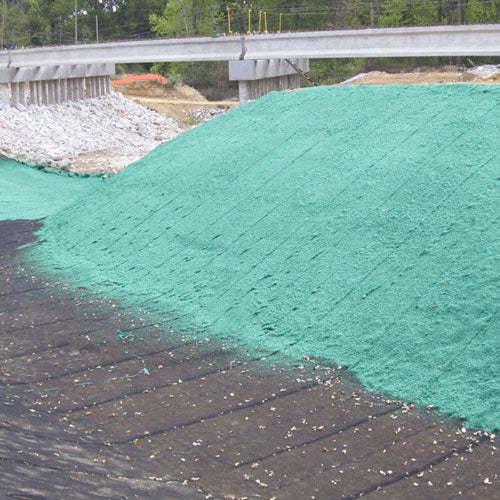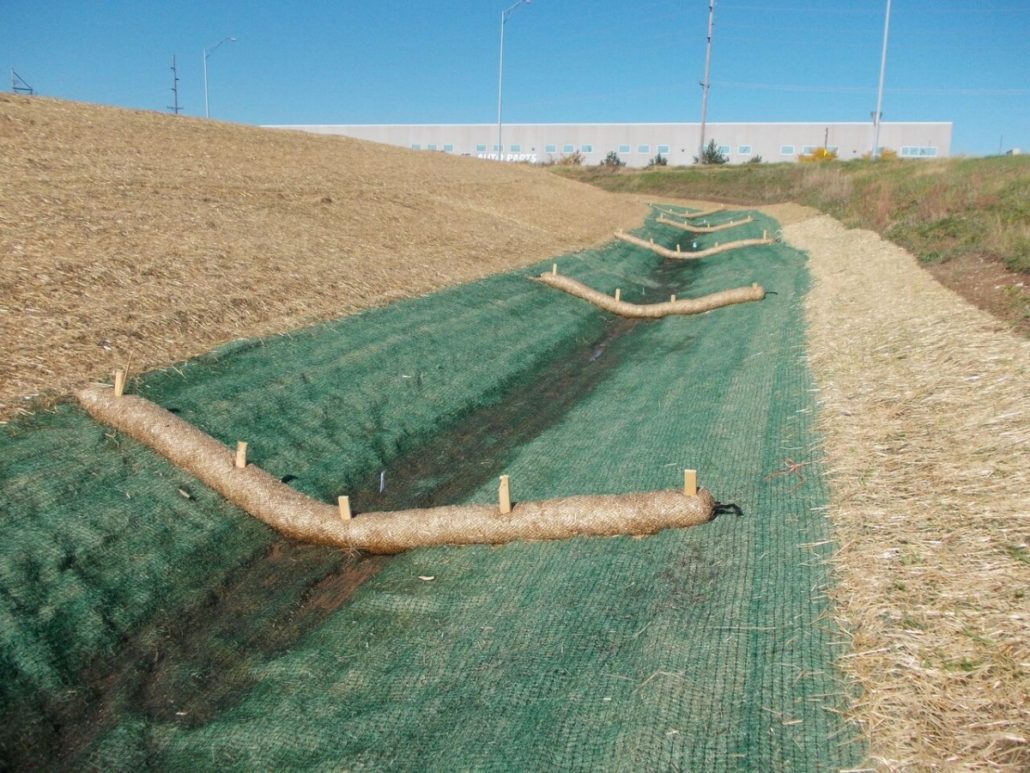Silt Fences: Your First Line of Defense Against Erosion
Wiki Article
Best Practices for Erosion Control in Building Projects
Are you functioning on a building and construction task and concerned concerning erosion control? In this short article, we will lead you with the finest practices for avoiding disintegration on your website. Memphis Erosion Control Solutions erosion control. Obtain prepared to tackle erosion head-on and guarantee the success of your building and construction project.5 Important Disintegration Control Strategies

To successfully control disintegration on your construction website, you'll need to carry out vital methods such as slope stabilization and debris control steps. Incline stabilization is important in stopping dirt disintegration on steep slopes. One more effective method is the usage of disintegration control coverings or floor coverings, which are placed on the incline and help preserve soil particles while permitting plants to grow.
Reliable Sediment and Runoff Management

You can efficiently manage sediment and runoff in your building and construction task by executing appropriate erosion control measures. Debris and drainage monitoring is vital to stop erosion and secure the surrounding atmosphere. One reliable step is the installation of silt fences along the boundary of the building website. These fences assist to contain debris and prevent it from entering close-by water bodies. Another crucial practice is the execution of disintegration control coverings or mats. These blankets offer a safety layer on bare soil, reducing the influence of rains and avoiding erosion. Furthermore, making use of sediment basins or debris catches can help to record sediment and prevent it from entering stormwater systems. Regular maintenance of these procedures is necessary to guarantee their effectiveness throughout the construction job. This includes cleaning up and examining sediment containers and routinely changing silt fencings and erosion control blankets as needed. By carrying out these erosion control procedures, you can efficiently take care of debris and overflow in your building and construction job, decreasing the effect on the atmosphere and conforming with regulative requirements.
Trick Considerations for Slope Stabilization
You require to very carefully take a look at the slope's attributes, such as its angle, make-up, and drainage patterns. Look for signs of disintegration, such as subjected roots, fractures, or slumping dirt.When you have recognized the unpredictable areas, you can start executing actions to maintain the slope. One usual method is using preserving walls or terracing to produce a series of flat actions, which can help distribute the weight and avoid additional disintegration. One more option is to grow greenery on the incline, as the roots can assist secure the dirt and control erosion. Additionally, installing disintegration control coverings or mats can offer prompt defense while vegetation becomes recognized.
It's vital to routinely check the supported inclines to guarantee their efficiency. Watch out for any kind of signs of movement or erosion, and take instant action if essential. Normal maintenance, such as evaluating and repairing any kind of damaged actions, is additionally necessary to make certain long-lasting security.
Best Practices for Greenery and Soil Protection
One efficient method look at this website to protect greenery and soil on slopes is by routinely examining for indications of erosion and taking instant action if necessary. Begin by checking the slope for any kind of indicators of disintegration, such as revealed origins, bare soil patches, or sediment buildup at the base. Implement disintegration control steps such as installing erosion control blankets, mulching, or even constructing preserving wall surfaces if required.Executing Proper Drain Solutions
To effectively apply proper water drainage systems, it's crucial to think about the incline gradient and soil kind. Understanding these factors is important when it comes to handling water flow and stopping disintegration. The slope gradient plays a significant duty in identifying exactly how water moves across the land. Steeper inclines can bring about faster water flow, increasing the threat of erosion and flooding. On the various other hand, gentler slopes permit water to move more gradually, decreasing disintegration possibility. By evaluating the incline have a peek at these guys gradient, you can make an efficient water drainage system that suits the natural water activity.Dirt kind also influences water drainage system layout. Various soil types have differing degrees of leaks in the structure, influencing how water is soaked up and drained pipes. For example, sandy soils have a tendency to drain pipes faster due to their coarse structure, while clay soils have a slower drainage rate due to their compact nature. Recognizing the soil kind helps in choosing appropriate drainage strategies, such as using permeable materials or mounting French drains. Additionally, considering the dirt attributes aids protect against waterlogging, which can lead to inadequate plant growth and damages to structures.
Conclusion
Finally, when it involves disintegration control in construction projects, you need to adhere to these finest methods. Implement reliable debris and runoff management methods to avoid contamination. Take click to read more into consideration incline stablizing techniques to guarantee the security of the website. Shield vegetation and soil by using appropriate actions. Establish appropriate drain systems to handle water circulation (silt fences). By following these essential techniques, you can effectively manage erosion and ensure the success of your building job.To efficiently manage disintegration on your building and construction site, you'll need to carry out important methods such as incline stabilization and debris control measures. Incline stablizing is crucial in protecting against dirt disintegration on high slopes. An additional efficient method is the usage of disintegration control blankets or mats, which are placed on the incline and aid maintain soil bits while allowing vegetation to expand. One more alternative is to grow plants on the slope, as the roots can assist secure the dirt and control erosion. Implement erosion control steps such as setting up disintegration control blankets, mulching, or even building keeping wall surfaces if required.
Report this wiki page